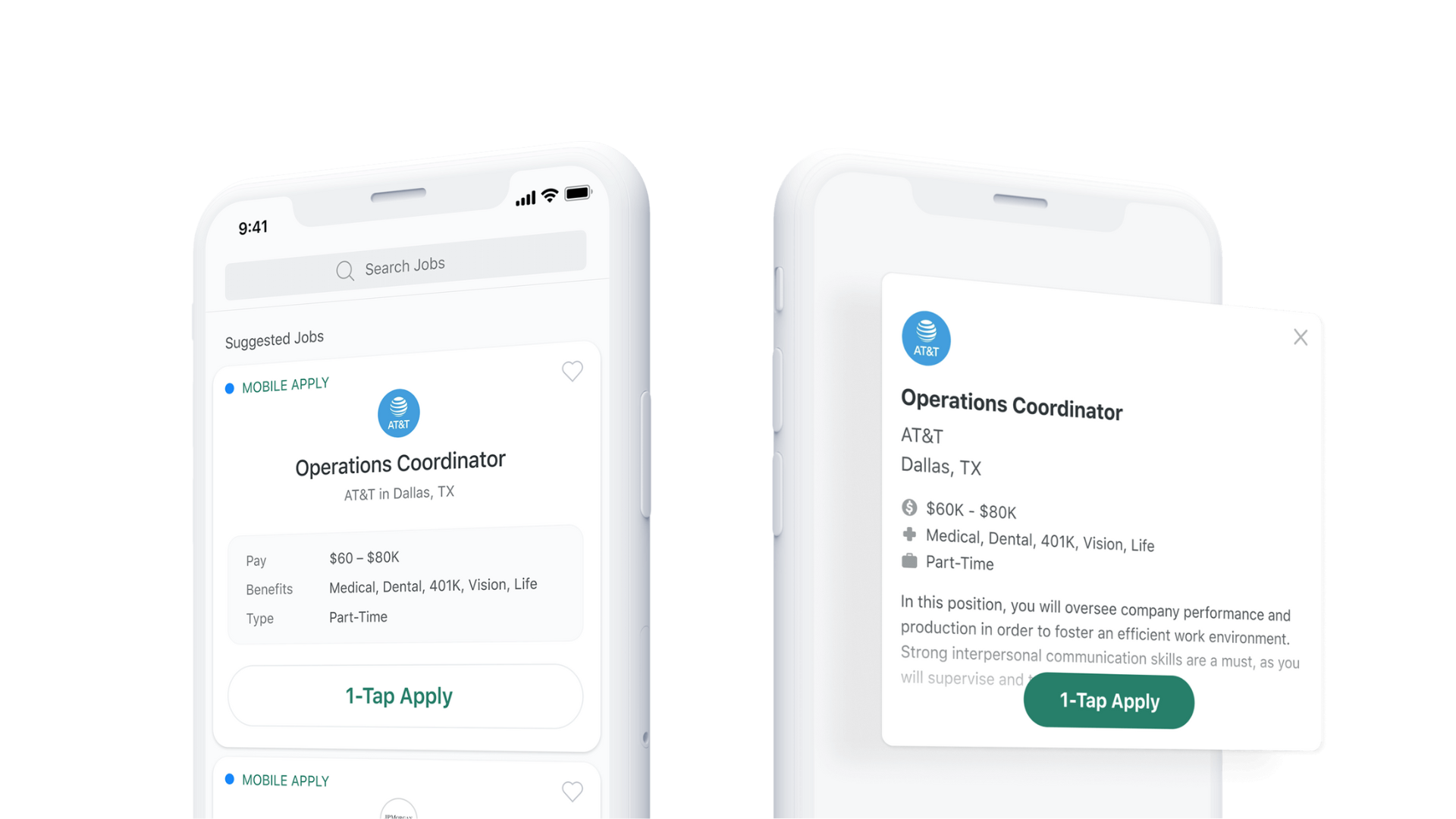Is your business struggling to reach its full potential? According to research, setting clear performance objectives can significantly boost success rates. This blog will provide a step-by-step guide on how to use performance objectives effectively and help you turn your business goals into reality.
Ready to supercharge your company’s growth?
Key Takeaways
- Performance objectives are clear and measurable goals that businesses set to achieve success in areas like cost, quality, speed, dependability, and flexibility.
- Setting performance objectives helps businesses stay focused and aligned with their overall goals, promoting growth and improvement.
- Employers and managers play a crucial role in setting performance objectives for employees but involving employees in the process is important for buy-in and commitment.
- The SMART method (Specific, Measurable, Achievable, Relevant, Time – bound) can be used to create effective performance objectives.
- Regular communication, updates, and monitoring of progress are necessary for successful implementation of performance objectives.
- Collaboration with employees fosters engagement and ownership in goal-setting process leading to better decision-making and problem-solving.
- Aligning objectives with the company mission creates focus, shared purpose among employees,and drives business growth.
- Focusing on growth through performance objectives enhances productivity,
Understanding the Importance of Performance Objectives
 Performance objectives are clear and measurable goals that businesses set to achieve success, focusing on key factors such as cost, quality, speed, dependability, and flexibility. These objectives not only help businesses stay focused and aligned but also promote growth by providing a roadmap for improvement.
Performance objectives are clear and measurable goals that businesses set to achieve success, focusing on key factors such as cost, quality, speed, dependability, and flexibility. These objectives not only help businesses stay focused and aligned but also promote growth by providing a roadmap for improvement.
Definition of performance objectives
Performance objectives are goals you need to reach. They help both people and businesses find success. If these goals are clear, it makes it easier for everyone to stay on track. All performance objectives should link with the overall aims of the business.
These need to be SMART – specific, measurable, achievable, relevant, and have a set time frame for when they will be achieved by. This helps drive success. Each goal is unique and connects with person’s role in the company.
It pushes them to do better at work while still being fair.
Key factors: cost, quality, speed, dependability, flexibility
Here are the key factors to consider while setting performance objectives. These factors play a huge role in your business success.
| Factors | Description |
|---|---|
| Cost | Keep the costs low. This grows profits and allows you to price competitively. |
| Quality | Offer high-quality products or services. This sets you apart from rivals. |
| Speed | Deliver fast to keep customers happy. |
| Dependability | Show that customers can count on you always. |
| Flexibility | Adapt quickly to changes in customer demand or market trends. |
Benefits of setting performance objectives: focus, alignment, growth
Setting performance objectives helps in multiple ways. The first is focus. Clear goals guide employees towards what matters most. They show the path to success and keep everyone on track.
The second benefit is alignment. Goals link employee work to company success. Every worker knows how they help the firm win.
The third perk is growth. Hard but doable goals push workers to get better at their jobs every day. They learn new skills and gain more knowledge for career growth and advancement.
Who Sets Performance Objectives?

Employers and managers play a crucial role in setting performance objectives, but it is equally important to involve employees in the process to ensure their buy-in and commitment.
Role of employers and managers
Employers and managers play a crucial role in setting performance objectives for their employees. They are responsible for defining clear expectations and crafting well-defined objectives that align with the overall goals of the business.
By involving employees in the goal-setting process, employers and managers can ensure that the objectives are realistic and achievable. They should also provide regular feedback and support to help employees stay on track towards their performance objectives.
Monitoring progress, assessing achievements, and providing guidance for improvement is vital to drive employee growth and promote overall success within the company.
Importance of involving employees
Involving employees in the process of setting performance objectives is crucial for achieving business success. When employees are actively involved, they feel a sense of ownership and commitment towards their goals, which leads to increased motivation and engagement.
This involvement also helps in creating clear expectations and aligning individual objectives with the overall goals of the company. By involving employees, businesses can tap into their unique perspectives and insights, which often result in innovative ideas and improved performance.
Additionally, involving employees fosters a culture of collaboration and teamwork, where everyone works together towards achieving common goals and driving business growth.
Steps for Setting Effective Performance Objectives
– Review company objectives.
– Gather employee feedback.
– Use the SMART method.
– Communicate and update employees.
– Monitor progress.
Review company objectives
Reviewing company objectives is an important step in setting performance objectives. It helps ensure that the goals and targets set for individuals align with the overall goals of the business.
By reviewing company objectives, employers and managers can determine what needs to be achieved and how it contributes to the success of the organization. This step also allows for any necessary adjustments or modifications to be made based on changing market conditions or business priorities.
Regularly reviewing and assessing progress towards company objectives enables businesses to track their success and make informed decisions about their future direction.
Gather employee feedback
In order to set effective performance objectives, it is important to gather feedback from employees. This helps ensure that their goals align with the overall objectives of the business.
By involving employees in the goal-setting process, you can gain valuable insights and perspectives that may contribute to a more well-rounded approach. Additionally, gathering employee feedback fosters a sense of ownership and engagement, increasing motivation and commitment to achieving the objectives.
Regular communication and open dialogue are key for successful implementation of performance objectives within your organization.
Use SMART method
Setting effective performance objectives is essential for achieving business success. One method that can be used to create clear and measurable objectives is the SMART method. SMART stands for Specific, Measurable, Achievable, Relevant, and Time-bound.
It ensures that goals are well-defined and aligned with the overall business objectives. By being specific about what needs to be achieved, employees have a clear understanding of their tasks and responsibilities.
Making objectives measurable allows progress to be tracked and assessed objectively. Objectives should also be achievable, meaning they are realistic and within reach. Aligning objectives with the business’s mission ensures that they contribute directly to its success.
Setting time-bound goals provides a sense of urgency and helps individuals stay focused on meeting deadlines. By using the SMART method when setting performance objectives, businesses can ensure clarity, focus, accountability, and ultimately achieve greater success.
Communicate and update employees
Communication and regular updates with employees are crucial for the successful implementation of performance objectives. It is important to keep employees informed about their goals, progress, and any changes that may occur.
By effectively communicating performance objectives, employees can better understand what is expected of them and how their work contributes to the overall success of the business.
Regular updates also provide an opportunity for feedback and clarification, ensuring that employees stay on track and aligned with their objectives. Engaging in open communication fosters a sense of transparency and trust within the organization, leading to improved collaboration, motivation, and ultimately achieving business success.
Monitor progress
Regularly monitoring progress towards performance objectives is crucial for achieving business success. By regularly assessing how individuals are progressing towards their goals, businesses can track success and make necessary adjustments along the way.
This allows for timely feedback and support to ensure that employees stay on track and meet their targets. Monitoring progress also helps identify any obstacles or challenges that may arise, allowing businesses to address them promptly.
With regular monitoring, individuals and organizations can celebrate achievements, identify areas for improvement, and ultimately drive continuous growth and success.
Tips for Utilizing the 5 Performance Objectives in Business Operations
Collaborate with employees to align objectives with the company mission, focusing on growth and utilizing SMART objectives, building a culture of continuous improvement.
Collaboration with employees
Collaboration with employees is a key element in using performance objectives to achieve business success. When employees are involved in the goal-setting process, they feel more motivated and engaged in their work.
By collaborating with employees, businesses can tap into their unique perspectives and insights, leading to better decision-making and problem-solving.
Additionally, collaboration fosters a sense of ownership and accountability among employees. When they have a voice in setting their own goals, they are more likely to take responsibility for achieving them.
This leads to increased productivity and overall performance within the organization.
Remember that effective collaboration requires open communication channels and regular feedback between managers and employees. This ensures that everyone is on the same page regarding expectations and progress towards objectives.
Collaboration also promotes a positive work culture where individuals support each other’s growth and development.
Aligning objectives with company mission
Aligning objectives with the company mission is crucial for achieving business success. By ensuring that performance objectives are in line with the overall goals and values of the organization, individuals can contribute effectively to the company’s mission.
This alignment helps create focus and direction, as well as promotes a sense of shared purpose among employees. When performance objectives are aligned with the company mission, it becomes easier for individuals to understand how their work contributes to the bigger picture and drives business growth.
Additionally, aligning objectives with the company mission allows businesses to prioritize key areas and strategically allocate resources where they are most needed. Overall, this alignment enhances employee engagement, improves decision-making, and propels business success forward.
Focus on growth
To achieve business success, it’s important to focus on growth. By setting performance objectives that promote growth, businesses can drive progress and stay competitive in the ever-evolving technology landscape.
Growth-focused objectives may include increasing sales numbers, expanding market reach, or improving customer satisfaction rates. These objectives not only provide a clear direction for employees but also encourage innovation and continuous improvement within the organization.
By prioritizing growth-oriented goals and regularly tracking progress towards them, businesses can unlock their full potential for success.
Making objectives SMART
To make objectives SMART, companies should ensure that they are specific, measurable, achievable, relevant, and time-bound. Specific objectives provide clarity on what needs to be accomplished.
Measurable objectives allow progress to be tracked and evaluated. Achievable objectives set realistic goals that can be attained. Relevant objectives align with the overall goals of the business.
Time-bound objectives have a clear deadline for completion. By making objectives SMART, businesses can effectively set expectations and drive performance towards success.
Building a culture of continuous improvement
Building a culture of continuous improvement is essential for businesses in the technology industry. It involves creating an environment where employees are encouraged to constantly seek ways to improve their work and contribute to the overall growth and success of the company.
This can be done by fostering open communication, providing opportunities for learning and development, setting clear performance objectives, and recognizing and rewarding innovation and creativity.
By promoting a culture of continuous improvement, businesses can stay ahead in an ever-evolving market, enhance productivity and efficiency, drive innovation, and ultimately achieve long-term success.
Conclusion: How Performance Objectives Can Lead to Business Success
Setting clear and well-crafted performance objectives is key to achieving success in business. By aligning individual goals with company objectives, staying focused, and continuously monitoring progress, businesses can enhance productivity, efficiency, and overall performance.
With effective communication and a culture of continuous improvement, performance objectives can drive growth and lead to long-term success. So start utilizing performance objectives today to propel your business towards greatness!
Frequently Asked Questions
What are performance objectives and why are they important for business success?
Performance objectives are specific goals set by a business to measure and evaluate the performance of employees or teams. They are important because they provide direction, motivate employees, and help achieve overall business success.
How do I create effective performance objectives for my team?
To create effective performance objectives, identify specific areas of improvement or desired outcomes, make them measurable and achievable, align them with overall business goals, communicate them clearly to your team, and periodically review progress.
How can performance objectives improve employee productivity?
By setting clear expectations through performance objectives, employees have a better understanding of what is expected from them which promotes focus and accountability. This clarity helps improve productivity and efficiency in the workplace.
Should I revise or update performance objectives regularly?
Yes, it is recommended to revise or update performance objectives regularly to ensure they remain relevant and aligned with changing business needs or individual growth opportunities.
Can using performance objectives lead to higher levels of employee satisfaction?
Yes, using well-defined performance objectives can increase employee satisfaction as it provides a sense of purpose and accomplishment when goals are achieved. It also fosters a positive work culture based on transparency and fairness in evaluating employees’ contributions towards organizational success.




